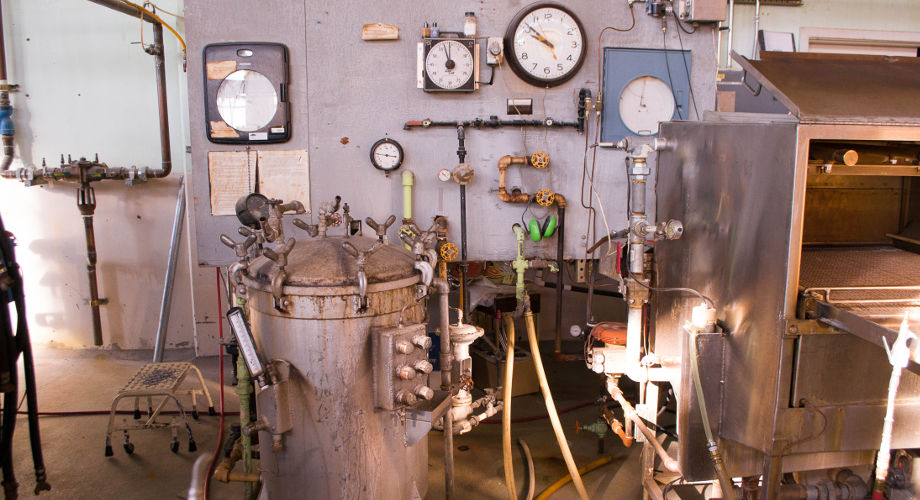Food Science for Kids and Teens

Kids and teens tend to be picky eaters. To make things worse, they typically avoid healthy foods and choose nutritionally empty and calorie-loaded snacks and sweets instead. This has made health experts very concerned about the risk of nutrient deficiency in kids and teens and in particular, about the increasing trends of childhood overweight and obesity which have been linked to poor diet as well. To change things for the better, a growing number of food and health experts have been calling for more food science at school.
Persuading Kids and Teens to Make Healthier Food Choices
Persuading kids and teens to give up the unhealthy snacks and sweets and choose healthier alternatives such as seeds, nuts and fruits is everything but easy. But unless something is done, the problem of childhood overweight and obesity will only get worse.
A number of approaches have been suggested, while some of the most commonly recommended ones include:
- Incorporating healthy nutrition into the curriculum. The goal is to help kids and teens understand the benefits of healthy diet on the one hand and the risks associated with poor nutrition on the other. In addition to making them more likely to be overweight and obese, poor diet has also been linked to increased risk of a variety of health problems including diabetes, heart disease and even some types of cancer.
By incorporating healthy nutrition into the curriculum, kids and teens would also learn which foods are healthy choices and which aren’t, and what is equally important, why it’s crucial for them to switch from unhealthy foods to their healthy alternatives.
-
Introducing cooking and baking classes at school. Most kids find cooking and baking entertaining and fun. In addition, they get a reward in the form of something tasty to eat in the end. This makes cooking and baking classes at school an excellent tool to encourage healthy diet. Also, research shows that kids, especially the youngest ones, are more likely to try new foods if involved in their preparation.
-
Including food experiments. To make students more interested in the science of food and most importantly, healthy diet, both educators and food experts alike recommend food experiments. Besides making food education more interesting and engaging, experiments that include food or common kitchen ingredients also help kids and teens understand other science disciplines including chemistry and biology.